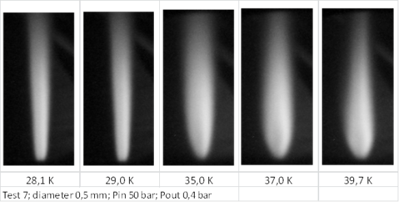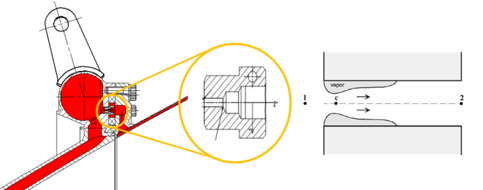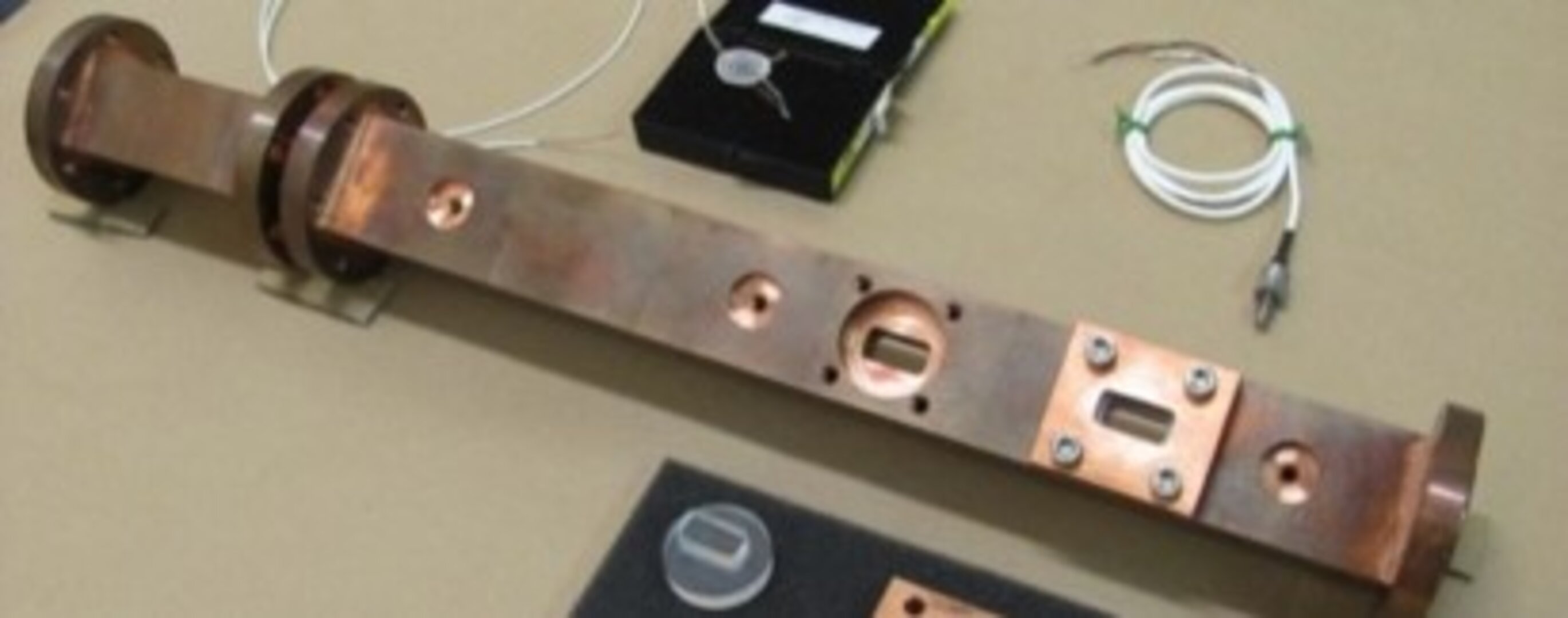Experimental investigation of cryogenic two-phase-flow
| Programme: | GSTP | Achieved TRL: | 4 |
| Reference: | G514-022MPa | Closure: | 2017 |
| Contractor(s): | Airbus Safran Launchers (DE), Energie Technologie (DE), Numeca (BE), Technische Universität München (DE), Von-Karman-Institute (BE) | ||
To better understand the influence of operating parameters on the cavitation behaviour of orifices used in liquid hydrogen cooling circuits of rocket engines, dedicated and detailed test data in a suitable range were missing to improve the prediction capability. Additionally, the chill-down behaviour of hydrogen-fuelled rocket thrust chambers so far was only validated on global measurements, lacking detailed local information to better understand the transient chill-down process.

Objective(s)
The experiments aim to improve the understanding of typical 2-phase-flow phenomena within thrust chamber applications by extending the available experimental data base. In a second step the models used for the characterization of pressure drops and mass flow in propulsion systems shall be assessed and anchored to the experimental results.
Achievements and status
The experiments performed on the cavitation in orifices provided relevant benchmark data and helped to improve the prediction accuracy for the design and operation of the dump cooled nozzle extension of the HM7 rocket engine. Discussion on the different modelling approaches deepened the understanding of the simplified engineering models. Experiments with an optically accessible cooling channel provide relevant test data to better understand and describe the chill-down process of cooing circuits in liquid rocket engines.

Benefits
Improved modelling capabilities, which resulted from the increased test data base have been applied successfully to the justification of new mission profiles of the current Ariane 5 launcher and will be used for the design of future liquid propulsion systems.
Next steps
In a next step, the transfer of the lessons learned to additional propellant combinations as well as to steady state two-phase flow phenomena for applications with Ariane 6 and future liquid rocket engines using hydrocarbon fuel is envisaged.





